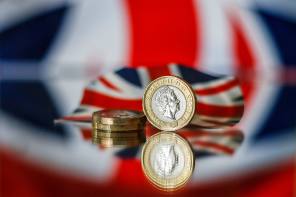

Investors pumped a record amount into Isas in April as they scrambled to take advantage of their tax-free allowance before the end of the tax year.
Some £9bn was invested in Isas in the month, according to data from the Bank of England.
The flows come amid an increasing tax burden on earners as inflation pulls earners into higher tax brackets, as well rising interest rates risking a breach of the personal savings allowance.
UK investors paid a further £5.2bn to banks, building societies and NS&I, a more than five-fold rise on the £800,000 invested the previous month, and an additional £3.7bn was invested into fixed rate savings.
However, £10.4bn was withdrawn from east access accounts.
Laura Suter, head of personal finance at AJ Bell, said savers faced a “triple threat” this year meaning they could pay tax on their savings interest for the first time ever.
“This year rising interest rates mean that savers are getting a higher return on their money and many will breach their personal savings allowance, which gives £1,000 of tax-free savings income for basic-rate taxpayers and £500 for higher-rate taxpayers, but no allowance for additional-rate taxpayers,” she said.
“What’s more, the government’s frozen tax bands means more people will be pushed into the next tax bracket and see that tax-free savings allowance either cut in half or wiped out altogether.”
On top of that, she added, the additional rate tax band has been cut to £125,140 for the current tax year, meaning more people will see their personal savings allowance taken to zero and face 45 per cent tax on all their savings interest.
Rising rates
Cash Isa rates have risen to their highest level since 2009, with interest rates pushing returns up.
A report by Moneyfacts in March showed the average easy access Isa rate rose month-on-month to 2.01 per cent - its highest point since February 2009 (2.02 per cent).
Those savers comparing short-term fixed Isas will also find the average one-year fixed Isa rose to 3.56 per cent, its highest point since December 2008 (4.58 per cent).
Sarah Coles, head of personal finance, Hargreaves Lansdown said Isas are having their “moment in the sun”.
“Higher savings rates and frozen tax thresholds mean protecting our savings from tax is a top priority. Meanwhile mortgage misery reflects how tough the start of the year has been in the property market, and may be a harbinger of house sale horrors in the coming months.”
sally.hickey@ft.com



